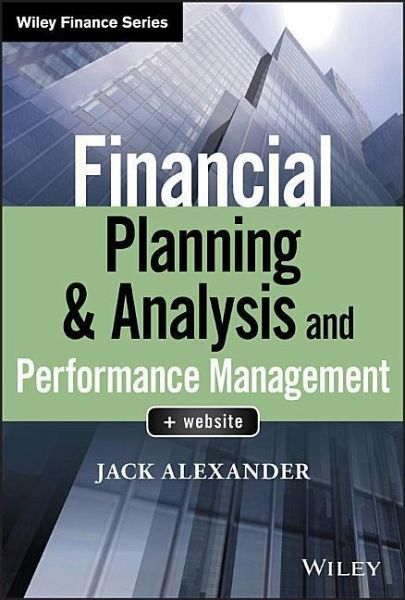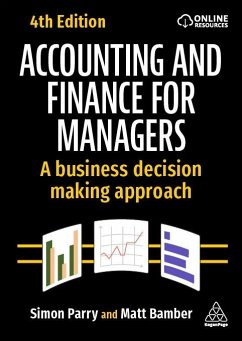
Financial Planning & Analysis and Performance Management

PAYBACK Punkte
31 °P sammeln!
Praise for Financial Planning & Analysis and Performance Management "Financial Planning & Analysis and Performance Management provides a comprehensive yet pragmatic framework to deliver value from finance and contribute to overall business success. Addressing not only the science but the 'art' of FP&A, a truly valuable resource to both the finance executive defining the roadmap to FP&A excellence and the analyst establishing credibility as a business partner." --Michael Rossi, MBA, Healthcare CFO "Beyond academic theory, I have witnessed firsthand Alexander's framework-driven concepts improve ...
Praise for Financial Planning & Analysis and Performance Management "Financial Planning & Analysis and Performance Management provides a comprehensive yet pragmatic framework to deliver value from finance and contribute to overall business success. Addressing not only the science but the 'art' of FP&A, a truly valuable resource to both the finance executive defining the roadmap to FP&A excellence and the analyst establishing credibility as a business partner." --Michael Rossi, MBA, Healthcare CFO "Beyond academic theory, I have witnessed firsthand Alexander's framework-driven concepts improve firm profitability and value. This comprehensive book is a required read and reference for finance executives and FP&A teams." --William W. Benton, CFA, Investment Analyst, Partner, William Blair Investment Management, LLC "Well written and comprehensive, Jack Alexander's latest work leads you to the true drivers of business performance in a business world awash with detached KPI's and useless dashboards. An essential read for any Human Resources leader who wants to speak intelligently about the business and to be an effective business partner. The sections on Innovation, Agility, and Human Capital Management are refreshing and precisely on target." --Warren Davis, Vice President, Human Resources, JMA Wireless "A terrific resource for all finance professionals, with actionable content for improving key areas of FP&A. Once again, Jack has captured practical tools and techniques, providing them for such critical areas as analysis, modeling, rolling forecasts, KPI's and dashboards, valuation and capital investment decisions. The book will serve as a great future reference for our FP&A group." --Dan Heaney, CFO, Public Consulting Group "Financial Planning & Analysis and Performance Management is an invaluable reference tool for finance professionals from entry-level to CFO, written with a refreshing clarity that non-finance professionals also will appreciate. The practical techniques, KPI's and dashboards are easy to execute with the power to transform your business's decision-making and drive operating performance and profitability." --Laura J. Goedken, CFO, TaxAct, Inc.












